 Comcast will begin offering 2 Gigabit internet service in the Twin Cities later in the year. As competition from CenturyLink’s fiber rollout accelerates—coupled with increasing consumer use of on-demand video services putting pressure on internet service providers to offer ever-faster speeds—means Comcast must continue to offer more to their customer base and it looks like they’re delivering it this fall.
Comcast will begin offering 2 Gigabit internet service in the Twin Cities later in the year. As competition from CenturyLink’s fiber rollout accelerates—coupled with increasing consumer use of on-demand video services putting pressure on internet service providers to offer ever-faster speeds—means Comcast must continue to offer more to their customer base and it looks like they’re delivering it this fall.
The company will also be testing DOCSIS 3.1 technology, which is certain to push speeds higher.
![]()
COMCAST TO OFFER 2 GIGABIT INTERNET SERVICE ACROSS TWIN CITIES
Gigabit Pro Will Be Available To More Than 600,000 Homes by End of 2015
New 250 Mbps Internet Tier Will Also Launch Across Entire Service Area
SAINT PAUL, MN – May 21, 2015 – Comcast today announced it will roll out its new residential multi-gigabit broadband service to more than 600,000 homes across the Twin Cities later this year. Gigabit Pro is a symmetrical, 2 Gigabit-per-second service that will be delivered via a fiber-to-the-home solution and offered to customers throughout Comcast’s footprint in the Minneapolis/St. Paul metro area.
In addition, Comcast will be launching Extreme 250, a new 250 Mbps Internet speed tier, available to Twin Cities area customers later this year.
Gigabit Pro will be available to homes within close proximity of Comcast’s fiber network and will require installation of professional-grade equipment. The company has fiber at the core of its network and, for the past decade, it has invested billions of dollars to extend that fiber deeper into neighborhoods and closer to homes. To date, Comcast has built out more than 145,000 route miles of fiber across its nationwide service area, including the Twin Cities, to serve residential communities with a fiber to the home solution.
“The Twin Cities is one of the most sophisticated technology markets in the country, and we’re excited about the opportunity to bring an entirely new level of broadband access to the region,” said Jeff Freyer, Vice President, Comcast – Twin Cities Region. “Whether it’s Gigabit Pro, Extreme 250, or one of our existing internet options, Comcast continues to look for opportunities to increase speeds, providing a wide range of options that meet customer needs.”
In addition, Comcast is currently testing DOCSIS 3.1, a scalable, national, next generation multi-gigabit technology solution with plans to begin launching in early 2016. When fully deployed, it will mean almost every customer in Comcast’s national footprint will be able to receive gigabit speeds over the existing network (a combination of both fiber and coax). For more information, please see http://corporate.comcast.com/comcast-voices/imagine-where-2-gigabit-speeds-will-take-you.
Comcast has made significant investments in the Twin Cities over the years, doubling the capacity of its network every 18 months. Additionally, the company has been delivering multi-gig (up to 10 Gbps) Ethernet service to businesses in the Twin Cities since 2013.
About Comcast Cable:
Comcast Cable is the nation’s largest video, high-speed Internet and phone provider to residential customers under the XFINITY brand and also provides these services to businesses under the Comcast Business brand. Comcast has invested in technology to build an advanced network that delivers among the fastest broadband speeds, and brings customers personalized video, communications and home management offerings. Comcast Corporation (Nasdaq: CMCSA, CMCSK) is a global media and technology company. Visit www.comcastcorporation.com for more information.
###
![Photo: Matt Gray for Technovation[MN]](http://minnov8.com/site/wp-content/uploads/2015/05/17177602399_deae0d85ba_m.jpg)
![Photo: Matt Gray for Technovation[MN]](http://minnov8.com/site/wp-content/uploads/2015/05/17337787346_46f9b9850d_m.jpg)
![Photo: Matt Gray for Technovation[MN]](http://minnov8.com/site/wp-content/uploads/2015/05/17361904532_5b02abb9da_m.jpg)

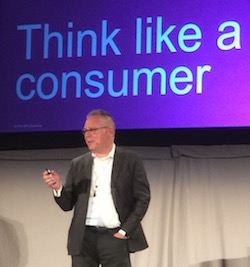


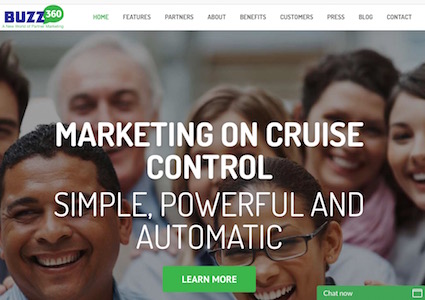

 Karla Lemmon has done it. She’s left a successful corporate career as a product manager to pursue her dream of becoming a tech entrepreneur and marketing her own app — an app for which she’s convinced there’s a big need.
Karla Lemmon has done it. She’s left a successful corporate career as a product manager to pursue her dream of becoming a tech entrepreneur and marketing her own app — an app for which she’s convinced there’s a big need.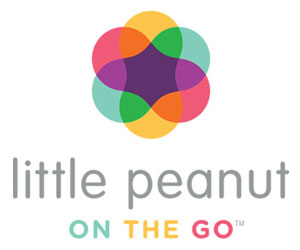 Little Peanut on the Go
Little Peanut on the Go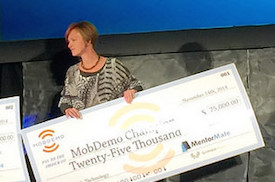




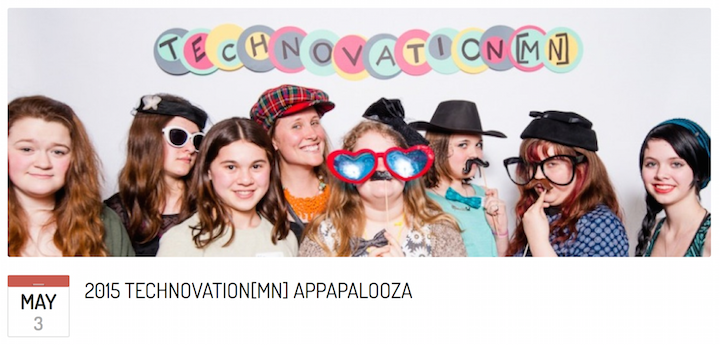


 s about a new angel fund in Minnesota appeared in the StarTribune in late January:
s about a new angel fund in Minnesota appeared in the StarTribune in late January: 
 Minneapolis, MN – The Organizers of Mobile March today confirmed their agenda for the 6th annual conference scheduled for March 26th, 2015 at the Earle Brown Heritage Center in the Minneapolis suburb of Brooklyn Park. The full day event includes three keynote presentations from nationally recognized speakers and four tracks of sessions. Tracks this year include Mobile Development, Mobile Design, Mobile Enterprise and Mobile Life. In keeping with the focus of learning all aspects of mobile, attendees are encouraged to attend session across multiple tracks.
Minneapolis, MN – The Organizers of Mobile March today confirmed their agenda for the 6th annual conference scheduled for March 26th, 2015 at the Earle Brown Heritage Center in the Minneapolis suburb of Brooklyn Park. The full day event includes three keynote presentations from nationally recognized speakers and four tracks of sessions. Tracks this year include Mobile Development, Mobile Design, Mobile Enterprise and Mobile Life. In keeping with the focus of learning all aspects of mobile, attendees are encouraged to attend session across multiple tracks.



 With Minnesota’s success in medical devices, and increasingly in med-tech overall, focusing health innovation with mobile in one event is a smart strategy.
With Minnesota’s success in medical devices, and increasingly in med-tech overall, focusing health innovation with mobile in one event is a smart strategy.